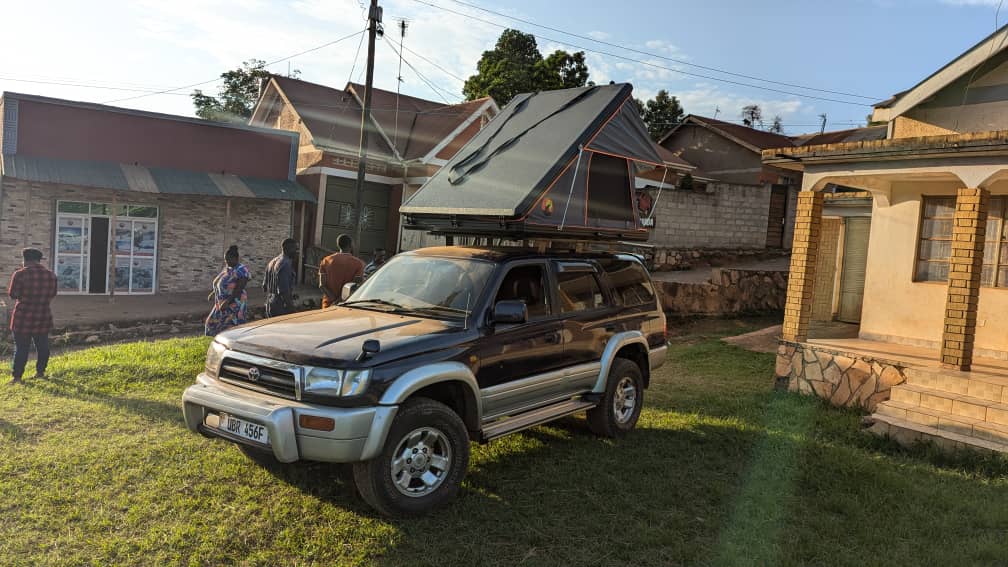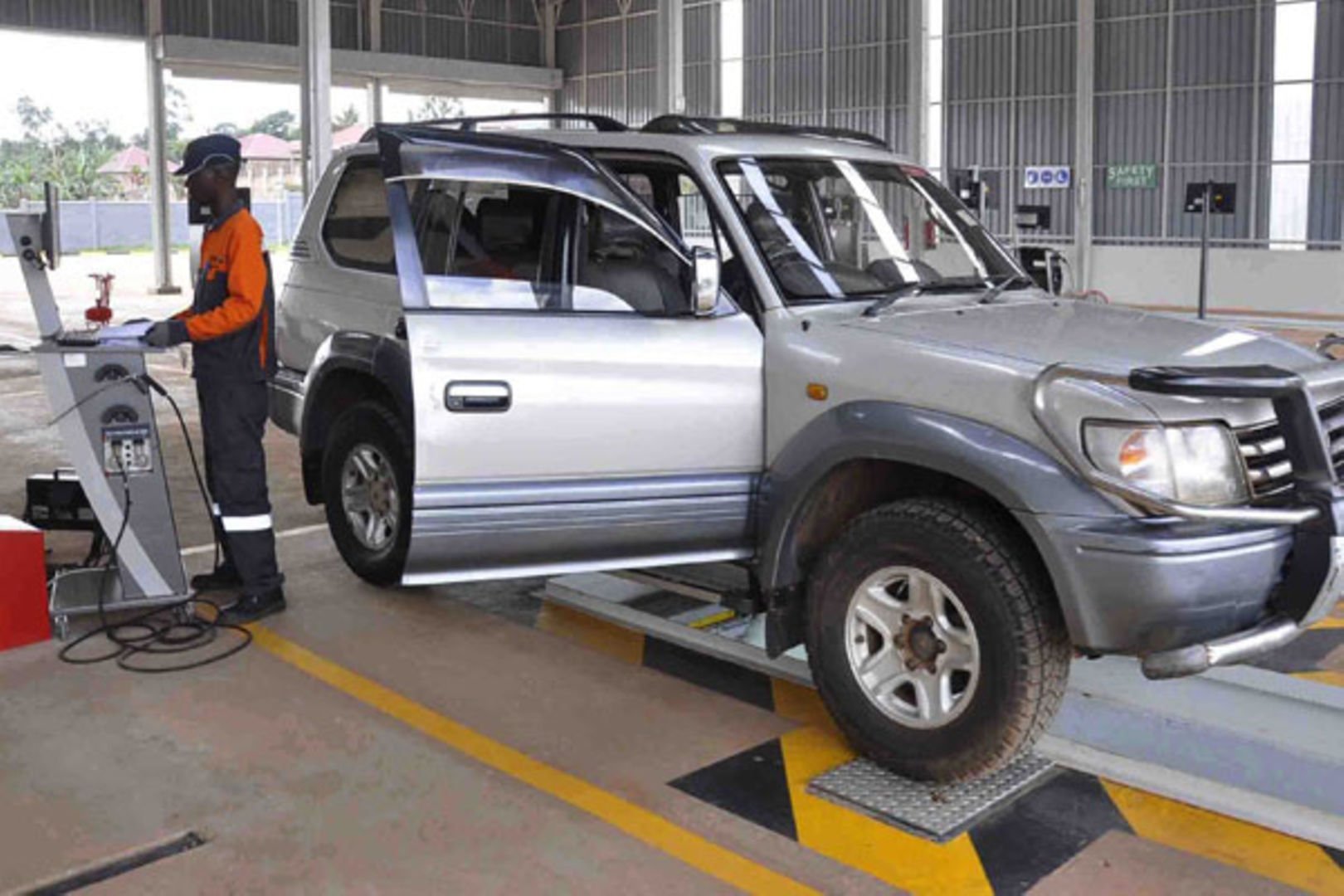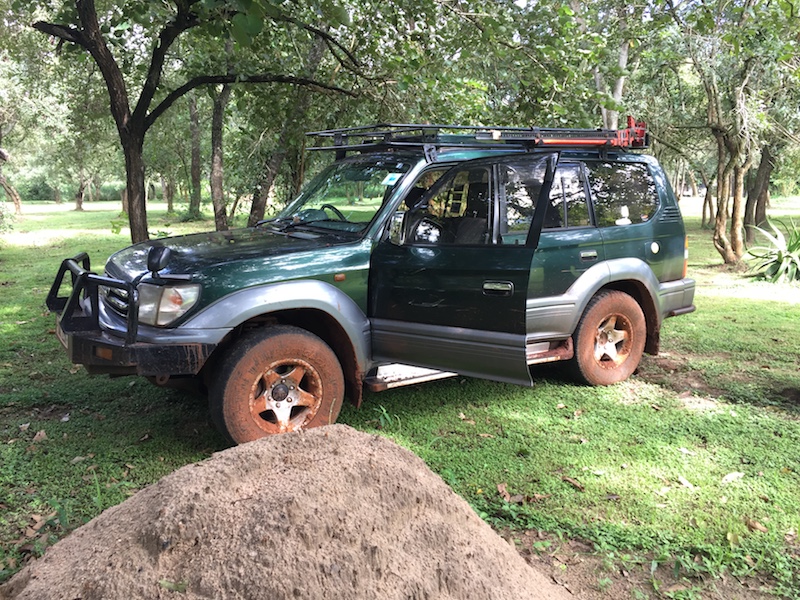Ultimate Road Trip Tips for Driving a Car in Uganda
An epic road trip in Uganda is one of the most incredible holidays you can enjoy and for a successful road trip in Uganda, it is important to know local customs, regulations and by adhering to these rules, you will have a safe, enjoyable, and successful self-drive adventure in Uganda while appreciating its natural beauty and wildlife. Taking a 4×4 road trip safari can be an incredible adventure when you choose these tips to consider for a successful and enjoyable journey in Uganda.

Check Local driving laws.
Familiarize yourself with the driving laws and regulations of the country you are visiting. Rules can vary significantly between countries. In Uganda, we drive on the left, with the steering wheel on the right and in Rwanda they drive on right. Observe speed limits and drive at a safe and responsible speed, especially in built-up areas, in trading centers, near schools, and along winding or narrow roads. Be mindful of local customs and cultural practices, especially when driving through rural villages and communities. Ask for permission before taking photos of people or their property.
Vehicle Inspection.
Ensure your 4×4 vehicle is in good condition before embarking on the trip by checking the tires, brakes, lights and engine fluids. Endeavor to carry a spare tire, jack and basic tools for minor repairs. This is always considered in order to avoid any accidents and also being stuck on roads during your safari. A vehicle needs a thoroughly check in order to make sure that it offers the best safari road experience.

Speed limits.
Uganda has high road accident rates, often due to over speeding. Speed limits are generally 50 km/h in treading center and 80-120 km/h on highways. Observe speed limits and drive at a safe and responsible speed, especially in built-up areas, near schools, and along winding or narrow roads.
Plan your route and stay on designated routes.
Plan your journey in advance, including rest stops and overnight accommodations if traveling long distances. Stick to designated roads and tracks, especially in national parks and wildlife reserves. observe Speed Limit of 40KM/h and don’t go off track as this can lead to penalties.
Understand Insurance Coverage:
Ensure you understand what is included in your rental insurance and consider purchasing additional coverage if necessary for extra peace of mind as our comprehensive insurance covers the car against Accident, fire and theft only.
Carry Essential Documents
Carry all necessary travel documents including your passport, driver’s license and vehicle registration documents and also ensure you have any required permits or visas for the areas you are visiting. These documents help you not be bounced on the gates of your destination and also to avoid paying extra cash or costs in order to access your safari destination.
Road Conditions
Be prepared for varying road conditions in Uganda, from well-maintained highways to rough rural roads. A 4×4 vehicle may be necessary for certain terrains. Keep yourself updated on road conditions, especially during the rainy season when some roads may become impassable due to flooding or mud.
Fuel Stations
Plan your fuel stops, especially in remote areas where gas stations may be sparse. Always keep your tank topped up when possible, to avoid running out of fuel when you are in remote areas where there are no petrol stations like in Kidepo national park.
Navigation
Use a reliable GPS or navigation app like maps.me and have a physical map as a backup in case of connectivity issues. GPS navigation can be helpful but not always accurate especially in remote areas. It is better to carry physical maps and be prepared to ask locals for directions where need be.

Safety First
Always wear your seatbelt, follow speed limits, and be cautious of local driving habits. Avoid driving at night in unfamiliar areas as some heavy vehicles do not change lights. Be vigilant while driving, especially on highways and rural roads. Watch out for pedestrians, livestock, and other unexpected obstacles on the road.
Observe wildlife from a safe distance
Uganda is renowned for its wildlife so maintain a safe distance when observing animals, watch out for wildlife on the roads. Don’t engage in wildlife harassment, avoid chasing, feeding, or attempting to touch wildlife. Drive slowly and be prepared to stop suddenly. Respect their space and avoid disturbing them because they have a right of way in national parks.
Be prepared for emergencies
Keep a list of emergency contact numbers, including the car rental company’s support line, local emergency services, and roadside assistance. Carry a well-equipped emergency kit, including a first-aid kit, flashlight, spare tire, jack and jumper cables, you’ll need help being towed or rescued from having car trouble than anything else.

Parking
Use secure parking facilities whenever possible and avoid leaving valuables visible in the car to prevent theft. Keep valuables out of sight and securely locked in the vehicle to prevent theft. Avoid leaving belongings unattended, especially in tourist areas.
Understand Toll Systems
Be aware of any toll roads and how to pay for them. Keep some local currency handy for this purpose as some may not accept credit card.
By following these tips, you can ensure a safe and enjoyable driving experience while exploring the diverse and beautiful landscapes of East Africa.
